So I have a LM358 Dual opamp. I only care about the first op amp, the second I just have set to put out 12V to keep it from floating. The the first is reading in feedback from a 1k potentiometer from 10-0 volts. The voltage divider knocks it down to the uC analogue voltage level. it all works fine, but when the pot is disconnected the output of the op amp rails to 24 volts. Why is that? if you have 0 volts on the non inverting input it should be 0 for the output correct?
EDIT: Maybe this picture is easier to follow

